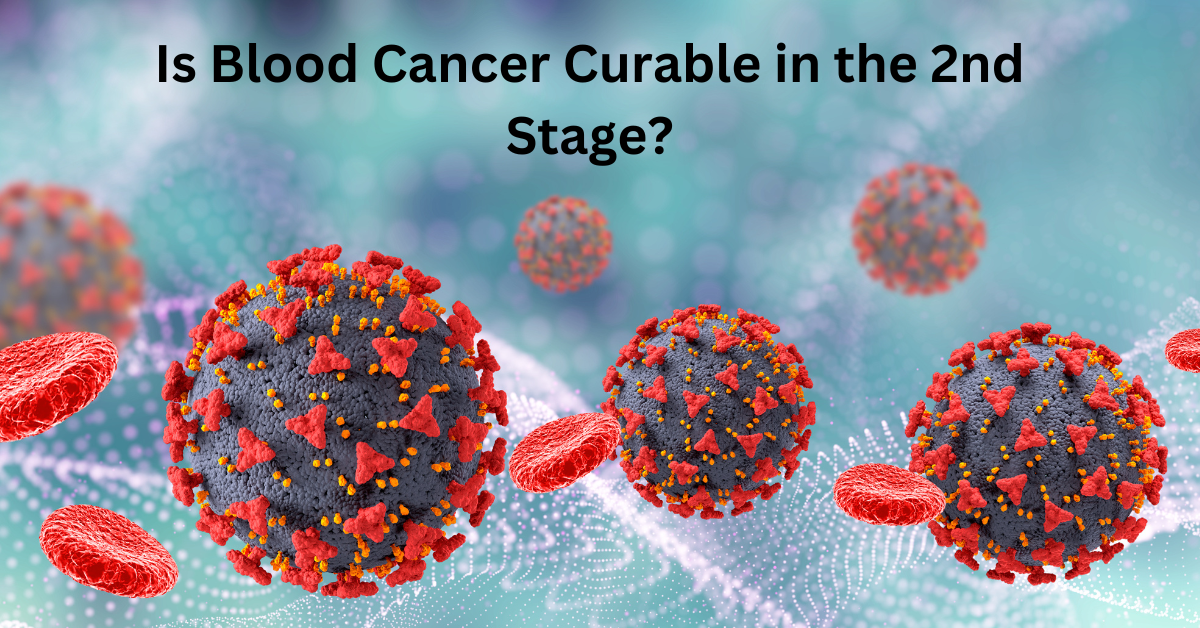Bone marrow, a spongy structure found within the bones, produces blood, which is then dispersed throughout the body. These cells are the cellular components of Blood suspended in a fluid termed Plasma (RBC), WBC, and Platelets.
Oxygen is transported throughout the body by haemoglobin, which also provides energy.
WBCs are the body’s first line of defence against disease. The main WBC subtypes include neutrophils, lymphocytes, monocytes, eosinophils, and basophils, which each perform a specific role in the body’s defence against infection. Bleeding is controlled by platelets.
In the case of blood cancer, uncontrolled growth of blood cells disrupts the regular functioning of blood cells.
It is common for blood malignancies, or hematologic cancers, to begin in the bone marrow or lymph glands and subsequently spread to other parts of the body.
A quick guide to the many forms of blood cancer is provided below:
Leukemia:
There is an increase in the amount of aberrant white blood cells as a result of cancerous cells growing, which affects the bone marrow or blood. These white cells are still in the process of maturing. Reach out to the best hospital for blood cancer in Coimbatore in case you are looking for leukemia treatment.
Myeloma:
Blood cancer known as multiple myeloma, or myelodysplastic syndrome, is a type of myelodysplastic syndrome. Plasma cells are made by bone marrow-derived white blood cells. Immunoglobulin is produced by this cell, which is crucial for defending our bodies against disease. Cancerous plasma cells proliferate in the bone, where they create aberrant immunoglobulin as a byproduct. As a result, bones become weaker, painful, and more prone to fracture, and blood calcium levels rise.
These immunoglobulins travel in the blood and are filtered out of the kidney by the kidneys, resulting in kidney injury. Electrophoresis tests can identify these aberrant proteins in blood and urine as M Bands. Anemia, an increased risk of infection, and low platelet count can all occur from the overgrowth of malignant plasma cells. Reach out to the multiple myeloma treatment in Coimbatore to undergo myeloma cancer treatment.
The stages involved in blood cancer, it is divided into:
On the basis of metastasis, the stages of cancer are categorised. Symptoms and the pace of metastasis are taken into account while developing a scale to assess a cancer’s stage. Major stages include,
Stage 1:
Lymph node swelling is a symptom of the early stages of blood malignancy. This occurs as a result of an unexpected rise of lymphocytes. Cancer has not yet spread or harmed any other physical organ, thus the risk is modest.
Stage 2:
The spleen, liver, and lymph nodes grow in the second stage of blood cancer. All of these organs need not be harmed at the same time, but at least one of them is at risk at this point. At this point, lymphocytes are expanding rapidly.
Stage 3:
Anemia develops in the third stage of blood cancer, and the organs described above are still enlarged. In this stage, it is almost certain that more than two organs are afflicted.
Stage 4:
The risk ratio for blood cancer in its fourth stage is the highest of any stage. Platelet production begins to decline at an alarming rate. As the malignant cells spread, they begin to harm the lungs as well as the other organs that had already begun to be impacted earlier. Acute anaemia is more prevalent at this point.
To what extent is blood cancer curable?
Blood cancer has a high cure rate, which is good news for those who have it. Most cancer patients can be cured if they receive the proper care and medications. Patients with blood malignancies now have better prognosis as a result of decades of work in the field. According to the National Institutes of Health, around two-thirds of patients with leukaemia have a five-year or longer chance of surviving the disease. Hodgkin lymphoma and non-Hodgkin lymphoma have greater cure rates of 85 and 70 percent, respectively.
A high cure rate for blood cancers exists, but it is highly dependent on the patient’s malignancy, age, and stage of the disease — which signifies how far it has gone. According to these characteristics, cancer’s ability to be cured differs. Myeloma and chronic lymphocytic leukaemia are examples of blood malignancies. As long as the leukaemia is adequately managed, patients can expect to live a normal, productive life for many years to come.
Despite the fact that some of the most high-risk cancer patients have been known to live for a long time, it’s always a good idea to be prepared for the unexpected. Leukemia, the most common form of Blood Cancer in Children, has been linked to a number of deaths. In determining whether or not this type of blood cancer can be cured, the genetic factor plays a crucial role.
Chronic myelogenous leukaemia (CML) is now as common as diabetes and hypertension because of the availability of targeted oral medicines.
All, the most common form of acute lymphoblastic leukaemia in children, is highly treatable, but more work is needed to improve the prognosis for acute myelogenous leukaemia (AML) and adult acute lymphoblastic leukaemia. Reach out to the best leukemia hospital in Coimbatore to avail advanced cancer treatments.
Various treatment methods to treat blood cancer,
Stem cell transplant:
Those who have blood cancer and are at high risk of relapse or who have had the disease recur after therapy may be offered a stem cell transplant as an Acute Leukemia Treatment option. After chemotherapy, this treatment is often used.
Apart from these chemotherapy and radiation therapies depending on the condition and severity.
It is possible for most cancer patients to be cancer-free with the proper medical care and medication. Patients with blood malignancies now have a better chance of surviving thanks to years of research.
